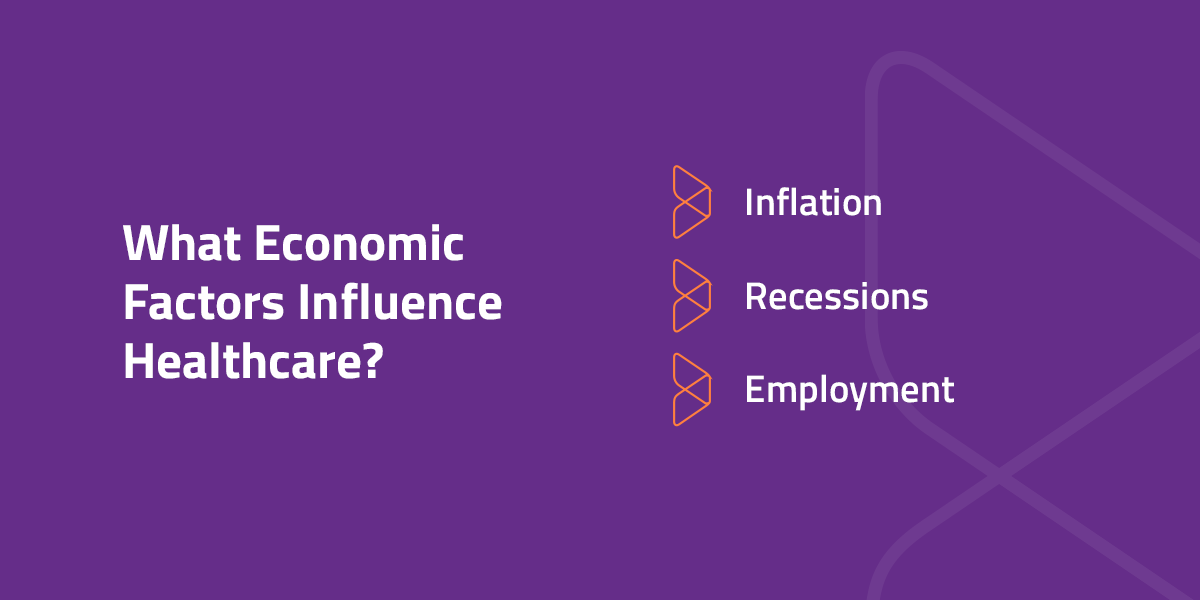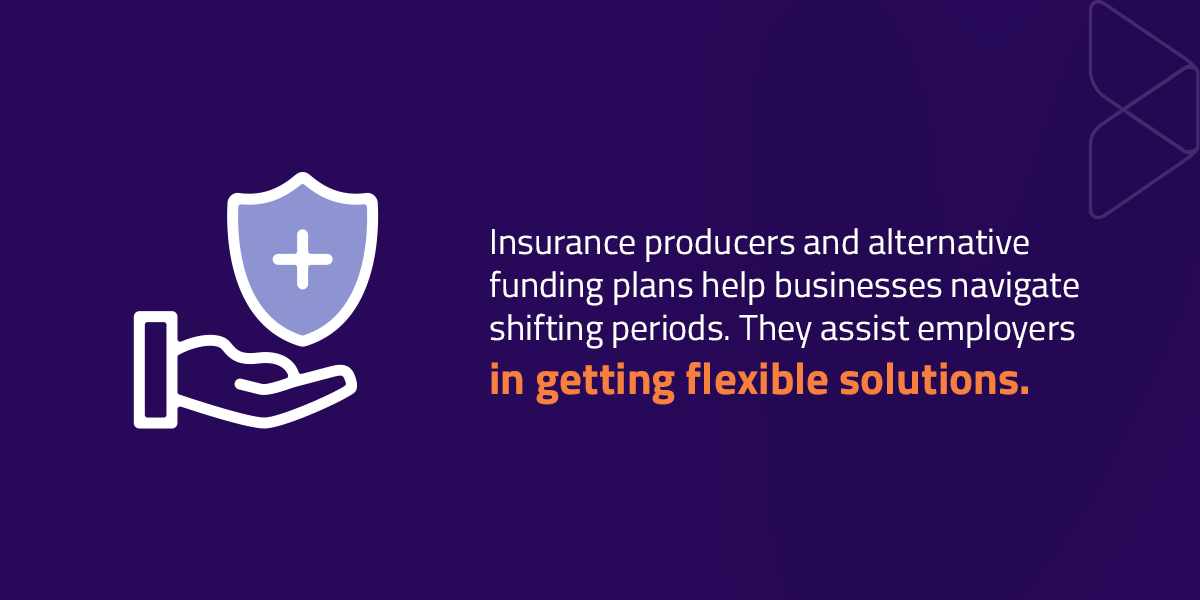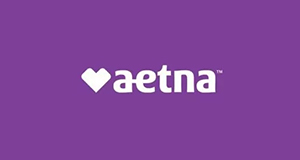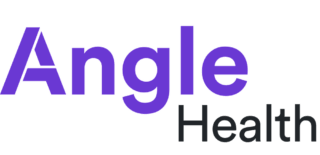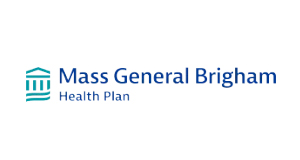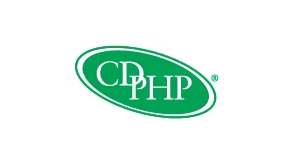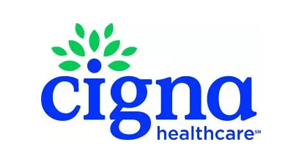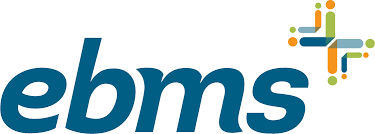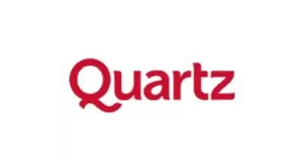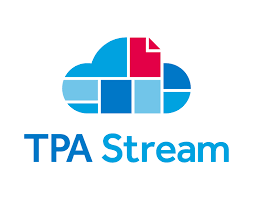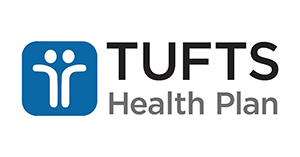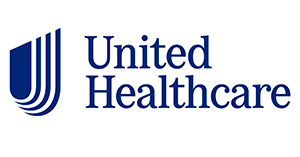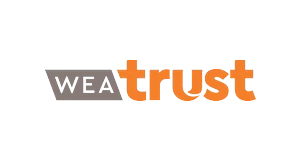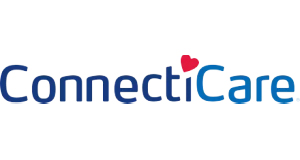
Understanding the Relationship Between Economics and Insurance
Table of Contents
- Economics vs. the Economy
- How Economics Shapes Health Insurance
- What Economic Factors Influence Healthcare?
- How Economic Cycles Shape Health Insurance Demand
- How Does Health Insurance Affect the Economy?
- Finding Cost-Effective Health Insurance Solutions
- Take Control of Healthcare Costs With The Difference Card
Economics has more impact on insurance and the healthcare system than you'd expect. Everything from policy premiums to market adjustments stems from the economic conditions.
Whether we're in a recession or working with a new government administration, economics shift and directly impact our insurance market. In 2023, 92% of Americans had health insurance coverage.
With so many people involved in the insurance market, understanding how economics impacts costs is essential. Insurance producers and employers must understand how these factors interact to provide clients and employees with the best advice and coverage, all while managing budgets effectively.
Economics vs. the Economy
Let's start with the difference between economics and the economy. Economics is the study of how we allocate resources and all the markets, financials and their effects. Economics considers risk management and cost-benefit analysis — how America's financials shape health insurance markets.
The economy is the way America's economic system is functioning. Think of employment rates, inflation, housing costs and the cycle of prices. The economy influences healthcare affordability, while economics shapes how the insurance industry and market are constructed. The economy affects your insurance costs, leading businesses to find ways to expand coverage or save money on premiums.
How Economics Shapes Health Insurance
In America, the health insurance market is mostly private. Since it's private and for-profit, it works like our financial economy. Different economic principles influence the insurance system, affecting rates, coverage and denials.
Employers should understand basic economic principles to offer their employees coverage that meets their needs without having costs spiral out of control. Risk pooling and supply and demand are two of the most important factors for understanding the insurance market.
Risk Pooling
Health insurance follows the economic principle of risk pooling. People pay insurance premiums for coverage. These premiums all go to the insurers, creating a large pool of funds. Insurers can take this pool and pay healthcare costs.
The insurers are banking on a few members needing significant medical care, which the pool covers, keeping the plan stable. If everyone suddenly needed major expenses covered, insurers might not have the funds to cover everything. But, since most people only have occasional claims, pooling funds is best.
Supply and Demand Dynamics
Supply and demand are a core part of how we understand economics today. Prices change based on how much of a product there is and how much people want it. This idea plays a key role in determining health insurance costs, too. You can break down supply and demand in health insurance like this:
- Supply factors: How many healthcare providers are available? The availability of doctors, hospitals and clinics affects service accessibility and pricing. Meanwhile, the number of insurers on the market influences competition and premium rates.
- Demand factors: Are there certain population health trends? An increase in chronic illnesses leads to higher medical services demand. Additionally, more consumers wanting comprehensive coverage can increase the need for more inclusive plans.
Any imbalances, like a shortage of healthcare providers or a surge in service demand, can lead to increased healthcare costs. Higher healthcare expenses impact everyone's insurance premiums.
What Economic Factors Influence Healthcare?
General economics shapes the insurance market, but the economy itself will also create changes. Our economy constantly shifts, moving health insurance with its highs and lows. Here are a few of the main influences of the economy on health insurance costs and coverage.
Inflation
Inflation occurs across our economy, increasing the cost of living and affecting wages. Healthcare is no exception. As the costs of medical services, pharmaceuticals and medical equipment rise, insurers face higher claim payments. They have to raise their premiums to cover increased spending. As inflation goes up, so will policyholders' premiums.
Recessions
Economic recessions can significantly impact healthcare enrollment and premiums. Many Americans get health coverage through their jobs. But, job losses can leave individuals without coverage. Additionally, people often prioritize more immediate necessities during tough economic periods. They might drop their health coverage to afford other basics.
Employment
Employment trends will also shift healthcare coverage. The gig economy has seen growth in the 21st century. In 2023, 36% of survey respondents identified as freelance — compared to 27% in 2016. More freelance and contract workers means fewer people have access to employer-sponsored insurance.
Part-time positions do not often offer health insurance for workers either. As work options become more flexible, employers and insurers must work to find solutions that fit the changing workforce and economy.
How Economic Cycles Shape Health Insurance Demand
Economic cycles of growth and recession shape health insurance trends. During periods of growth, businesses expand their benefits to attract and retain employees. When the economy slows, many companies look for ways to reduce expenses. The economy doesn't just shape healthcare as a whole — it influences the demand for coverage.
During economic booms, companies see more profit, which drives them to invest more in employee benefits. It's common to see companies covering a larger share of premiums or expanding healthcare services to attract more employees. With businesses taking on a larger share of the costs, employees might opt for more coverage, spending more money in the healthcare ecosystem.
When economies experience recessions, businesses have to reassess their budgets. Health insurance costs will need revising as companies want to maximize their cost savings. Employees might see higher deductibles or copays with fewer benefits. Some might even skip out on health coverage as they try to save more money.
How Insurance Producers Help
Insurance producers and alternative funding plans help businesses navigate these shifting periods. Insurance producers have a detailed understanding of insurance options, helping businesses find packages that fit their needs.
They assist employers in getting flexible solutions. Choosing a more flexible healthcare option lets companies cover their bottom line while ensuring employees still get coverage.
Partnering with an adaptive health package, like a hybrid plan, can support better long-term stability. Businesses should look to alternative solutions during economic lows to deliver the best health services to the company and its team. While competitive benefits are more expensive, they can help attract the talent you need to stay productive.
How Does Health Insurance Affect the Economy?
Health insurance isn't just pulled along with the economy — it actively contributes to it. It works to protect people from unexpected medical costs, keeping them healthy so they can encourage economic growth.
From stabilizing household finances to improving productivity, a well-functioning health insurance system extends into an economy's success. When employers and brokers prioritize healthcare, they can make decisions that benefit people and the economy as a whole.
A happy, healthy workforce can work more, spend more and support a thriving market. Health insurance impacts the economy's stability, healthcare costs and business productivity.
Economic Stability
A strong economy depends on financial security — health insurance is a key part of that equation. Without proper coverage, medical bills become a burden that leads to debt and bankruptcy. When people have coverage, they can live healthier, more productive lives. Overall, better health has the potential to lead to an 8% increase in global gross domestic product (GDP). A healthier population drives innovation, spending and better economies.
Health insurance contributes to economic stability through:
- Financial protection: Medical expenses strain budgets, stressing families. Health insurance helps families avoid high out-of-pocket costs while giving them the care they need. Individuals can stay healthy without worrying about their finances.
- Reduced government spending: When more people have private health insurance, less money comes from the government's budget. This reduces the taxpayer burden and lets the government provide resources to those who need them most.
- Higher consumer spending: When employees aren't worried about unexpected medical costs, they have more money to spend. They can return their money to the economy instead of paying off medical bills.
Healthcare Costs
United States' healthcare costs rose 7% in 2023 — hitting an average of $14,570 per person. Employers, employees and insurers are all watching these costs and how increasing prices means less money to go elsewhere in the economy. Health insurance plays a critical role in cost management by negotiating rates with providers and providing access to preventive care.
Health insurance controls costs and helps the economy by offering the following:
- Negotiated rates: Insurance companies negotiate lower rates with hospitals and doctors, making healthcare services more affordable than if individuals paid out of pocket.
- Preventive care: Regular checkups and screenings can catch and treat conditions early. The earlier providers catch problems, the more expensive medical emergencies they prevent. Health insurance covers preventive care, encouraging people to consult with medical professionals and reduce their expenses over time.
- Cost-sharing models: Deductibles, copays and coinsurance encourage employees to use healthcare services as needed. They avoid unnecessary spending, which helps employers control costs.
Business Productivity
Employers who offer health insurance support their employees and strengthen their businesses. A well-designed health benefits package or a Medical Expense Reimbursement Plan (MERP) can lead to healthier, more productive employees, which translates to better overall business performance. Employers can enjoy:
- Higher productivity: Employees with health insurance will get medical care when needed, reducing sick days so you have healthier employees working more often.
- Better talent: Competitive benefits can make all the difference for potential hires. Offering quality healthcare plans helps you stand out and retain top talent.
- Lower costs: Investing in employee health means less turnover, fewer long-term absences and better productivity. Overall, your business will have lower long-term costs due to untreated medical expenses or lower productivity.
Finding Cost-Effective Health Insurance Solutions
It's essential for insurance producers and employers to offer competitive health insurance. Employees want to know their medical needs are covered under a stable, affordable healthcare plan. But rising costs are making it challenging to provide the comprehensive coverage they need.
Find cost-effective, quality solutions that meet client or employee needs. Producers and employers can use innovative strategies to balance costs with employee care.
1. Explore Health Reimbursement Arrangements
Health Reimbursement Arrangements (HRA) allow employers to reimburse employees for qualified medical expenses and insurance premiums tax-free. They provide flexibility and cost savings for your business. Employees can choose plans that meet their needs, and employers can control contribution costs. Unlike traditional group plans, an HRA lets businesses set a defined budget, deduct contributions from taxes and avoid unexpected premium hikes.
2. Try Level-Funded Health Plans
Level-funded plans combine the features of self- and fully insured plans. Employers pay fixed monthly premiums, making budgeting easier. They provide businesses with detailed claims data and will even offer refunds if employers have fewer claims than expected.
3. Offer High-Deductible Health Plans
Combine high-deductible health plans (HDHP) with Health Savings Accounts (HSA) to significantly lower premiums. This option lets employees save for medical expenses tax-free, so they have more money at the end of the year. HDHP's lower monthly premiums and tax benefits make them cost-saving for employers and employees, helping everyone save.
4. Use The Difference Card
The Difference Card is an innovative option that combines lower employer costs and high-quality benefits. Employers can use The Difference Card to fund employee deductibles, keeping out-of-pocket costs low. The Difference Card can even bridge the gap when you switch to a lower-cost, high-deductible plan, buffering medical expenses. It's a great option for businesses looking to give their employees better healthcare benefits without driving up costs — you get happier employees and a cost-effective plan.
5. Promote Preventive Care
Beyond your health insurance offerings, you can encourage employees to take better care of themselves. Stress and ignoring medical concerns can lead to worse health issues down the line. You need to promote prevention to keep your team healthy while reducing costs. Healthier employees are happier, meaning fewer claims and lower insurance expenses over time.
Incentivize screenings to promote a healthier business. Offer rewards for completing annual physicals, vaccinations and health screenings. Consider offering gym memberships, mental health programs or healthy eating initiatives to promote overall well-being. When your employees feel healthy and stay on top of physical care, they can perform better at work.
Take Control of Healthcare Costs With The Difference Card
Navigating the economics of health insurance and how the economy influences it can be challenging. The right strategies can help employers control costs without sacrificing quality benefits. The Difference Card offers a solution that helps businesses lower premiums while managing out-of-pocket costs.
Producers who offer The Difference Card provide clients with an effective cost-saving strategy, creating happier clients. Pair The Difference Card with an HDHP to cover deductibles and copays while keeping your high-quality coverage. We provide users with expert support and cost-reduction strategies, helping businesses achieve their financial goals and competitive packages. Request your proposal today to see how The Difference Card can guarantee savings!


